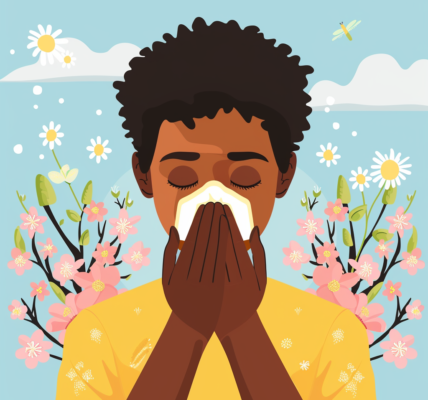How Covid-19’s Symptoms Have Changed with Each New Variant
By David Cox
With a new variant of the Sars-CoV-2 virus causing a spike in cases, it is demonstrating just how much the disease has changed since the pandemic began – and what happened to ‘Covid toe’.
TV broadcaster Mehdi Hasan recently shared his experience with Covid-19, stating that he had managed to avoid the virus for almost four years but finally tested positive at the end of 2023. Hasan reported mild symptoms, joining many others who have tested positive for the virus four years after its initial spread.
The latest variant, JN.1, shares many symptoms with earlier variants of Sars-CoV-2, including a sore throat, fatigue, headache, and a cough. However, some clinicians are reporting that common first signs of an infection by JN.1 include diarrhea or a headache. Additionally, fewer patients are losing their sense of smell with variants closely related to Omicron, of which JN.1 is a subvariant.
The JN.1 Covid variant, which emerged in France in September, is now responsible for around 60% of new infections in early January, according to data from the US Centers for Disease Control and Prevention (CDC). Despite the rise in cases, hospitalizations and deaths from Covid-19 are lower compared to January 2023, as reported by both the CDC and the UK Health Security Agency. Primary care physicians are finding it increasingly challenging to distinguish Covid-19 symptoms from influenza without the help of a PCR test.
Dr. Ziad Tukmachi, a GP at Chartfield Surgery in south-west London, UK, noted the evolution of Covid-19 symptoms, stating that it has mutated to more similar symptoms to the flu, making it difficult to clinically distinguish between the two.
Professor Greg Towers, a molecular virology expert at University College London, UK, highlighted that the virus may not necessarily be less pathogenic but is infecting a population that is better at regulating their immune response against it.
Hospitals in Shanghai have been overwhelmed due to the surge in Covid-19 cases, indicating the ongoing impact of the virus and its variants.





